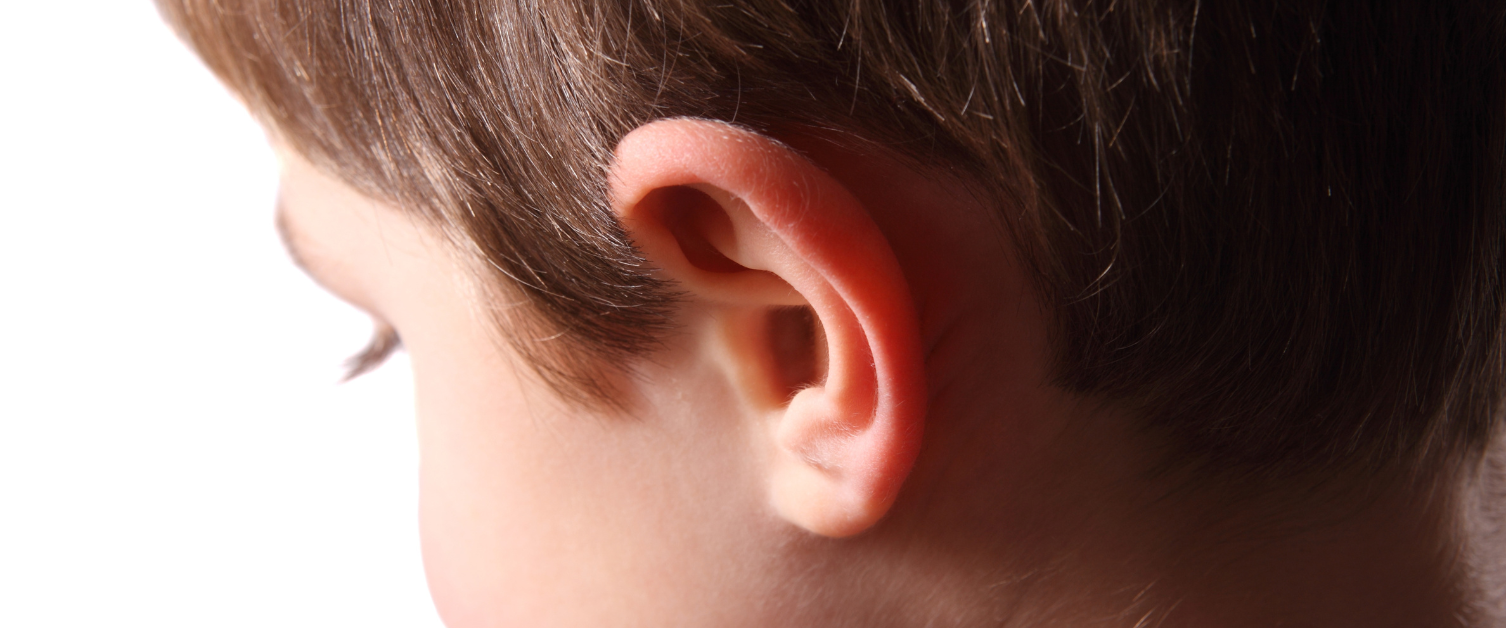Attention and listening

Developing Attention and Listening Skills
Children need to develop their attention skills before they learn new skills, including how to communicate. Children need to be able to ‘tune in’ to the sounds of their environments in order to develop an understanding of the world and how it works. Children need to learn to focus their attention on to different things. This usually starts with attending to people, then to objects and then being able to share their attention between people and objects. Some children will develop these skills naturally but others will need time to learn them gradually.
Top Tips
- Reduce distractions. Turn the TV & radio off to make it easier for the child to focus.
- Get down on the child’s level. Make sure the child can easily see you.
- Call the child’s name. Wait for them to look at you before you do anything else.
- Use gestures and objects. These cues can help get the child’s attention as well as help them understand.
- Let the child lead. Join in with what he/she is doing, rather than trying to lead the play.
- Be silly. Try to go along with things the child wants to do even if they seem silly.
- Introduce exciting and fun toys and activities. Children learn best when they are having fun, are motivated and intrigued.
- Keep instructions short. Make sure the language you use matches your child’s level of understanding.
Ideas to Improve Listening Skills
- Animal Noises. Make an animal noise whilst showing the child toys or pictures of animals, then randomly make the sounds and ask the child which animal makes the sound.
- Matching sounds. Introduce 3 different objects which make a noise (e.g. rattle, keys, tissue paper) and show the child which noise they each make. Ask the child to close their eyes while you make a noise with one of the objects and ask the child to guess which object it is.
- Ready Steady Go. Encourage the child to wait for ‘go’, for example, building/knocking down towers, letting a balloon go or rolling a ball.
- Turn Taking Games. Try to increase the amount of time the child will sit and take turns, for example, taking turns to add a brick to build a tower or put pieces in a jigsaw puzzle.
- Hide and Seek. Ask the child to hide 6 objects around the room and then one by one ask the child to find each one. If the child can easily do this ask him/her to find two or three objects at a time.
- Stories and Books. Read a story about an animal (e.g. cat or dog). Every time the animal is mentioned, the child has to make the animal’s noise.
- Action Songs and Stories. Encourage the child to sit and listen to songs or stories. Tell them you need their help and then miss out words and ask them to fill in the gaps “there’s no such things as a…..(Gruffalo)”.
- Silly Stories. Warn the child that you are going to make mistakes when you read a familiar story and ask the child if they can spot them.
- Musical Statues or Musical Chairs. The child needs to listen carefully to hear when the music stops.
- ‘Simon Says’. Start with easy instructions and then make them harder and longer. Tell the child they need to listen carefully as there may be some ‘tricks’, for example, ‘Simon says don’t touch your nose’.
- Listening Walks. Go on family/school walks and listen out for all the different sounds you hear. When you get back see how can remember the most and make a list of all the sounds you heard and listened to.